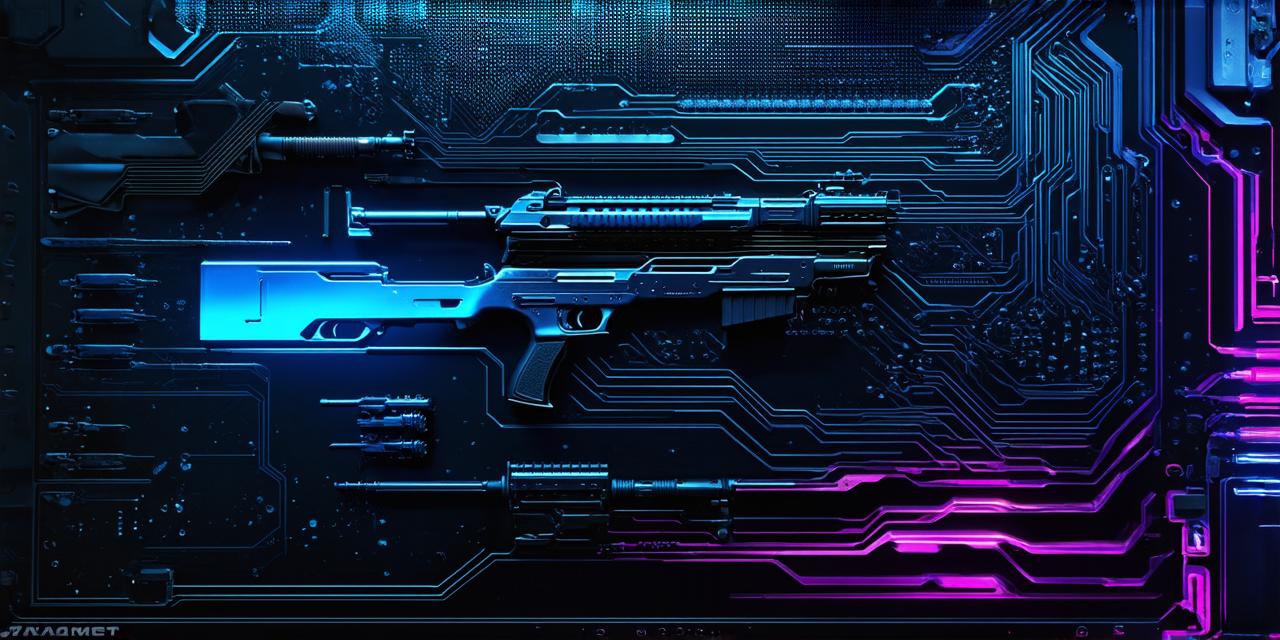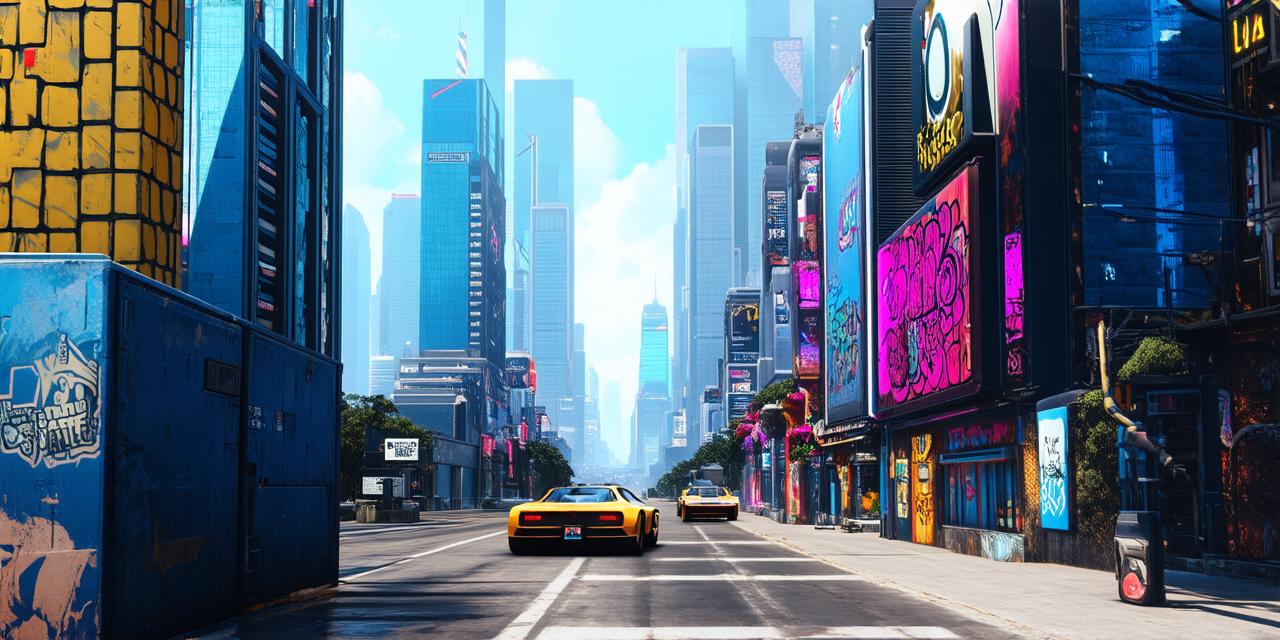If you have always been fascinated by video games and want to create your own 2D game, then you are in the right place. In this comprehensive guide, we will cover everything you need to know about 2D game creation, including the tools and techniques used by professionals. We will also provide you with practical tips and advice to help you get started on your journey.
Getting Started with 2D Game Creation
Before diving into the world of 2D game creation, it’s essential to understand what makes a 2D game different from a 3D game. A 2D game is a type of video game that uses two dimensions, typically consisting of horizontal and vertical axes. This means that all objects in the game, including characters, backgrounds, and effects, are flat and do not have depth.
Choosing Your Game Engine or Development Software
When selecting a game engine or development software, it’s crucial to consider your experience level, the complexity of your game, and your budget. Here are some factors to consider:
- Unity 2D: This is an excellent choice for beginners as it has a vast library of assets and tutorials. However, it can be challenging to learn if you have no programming experience. It’s also suitable for more complex games that require advanced graphics and animation features.
- Construct 3: This is a great option for beginners who want to create games quickly without learning how to code. It has an intuitive drag-and-drop interface and a vast library of assets. However, it may not be suitable for more complex games that require advanced graphics and animation features.
- Adobe Animate: This is an excellent choice for creating animations and illustrations for games. It has a powerful set of tools for creating animations and interactivity, but you’ll need some experience with the software to get started.
Creating Your Game World
Once you have chosen your game engine or development software, it’s time to start designing your game world. This includes creating the backgrounds, characters, objects, and effects that will make up your game. Here are some tips to help you create an engaging game world:
- Start with a storyboard: A storyboard is a visual representation of your game’s scenes, helping you plan out the sequence of events and the flow of the game. It also helps you identify any potential issues or challenges early on in the development process.
- Use assets from existing games: Using assets from existing games can save you time and effort when creating your game world. You can find free and paid assets online, such as sprites, backgrounds, and sound effects, that you can use to create a professional-looking game.
- Pay attention to lighting and color: Lighting and color are essential elements of game design, as they help set the mood and atmosphere of your game world. Use tools like Photoshop or Illustrator to experiment with different lighting and color schemes until you find one that works well for your game.
- Keep it simple: Don’t overcomplicate your game world. Stick to a cohesive theme and avoid cluttering the screen with too many objects or effects.

Programming Your Game
Now that you have designed your game world, it’s time to start programming your game. This includes creating the logic for your game, such as player controls, AI, and animation. Here are some tips to help you program your game:




